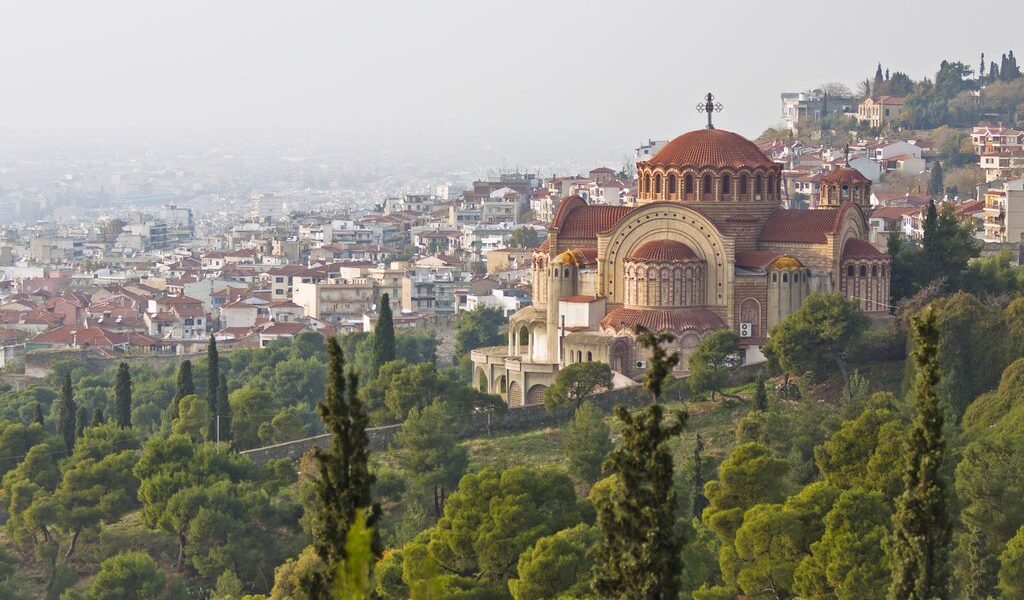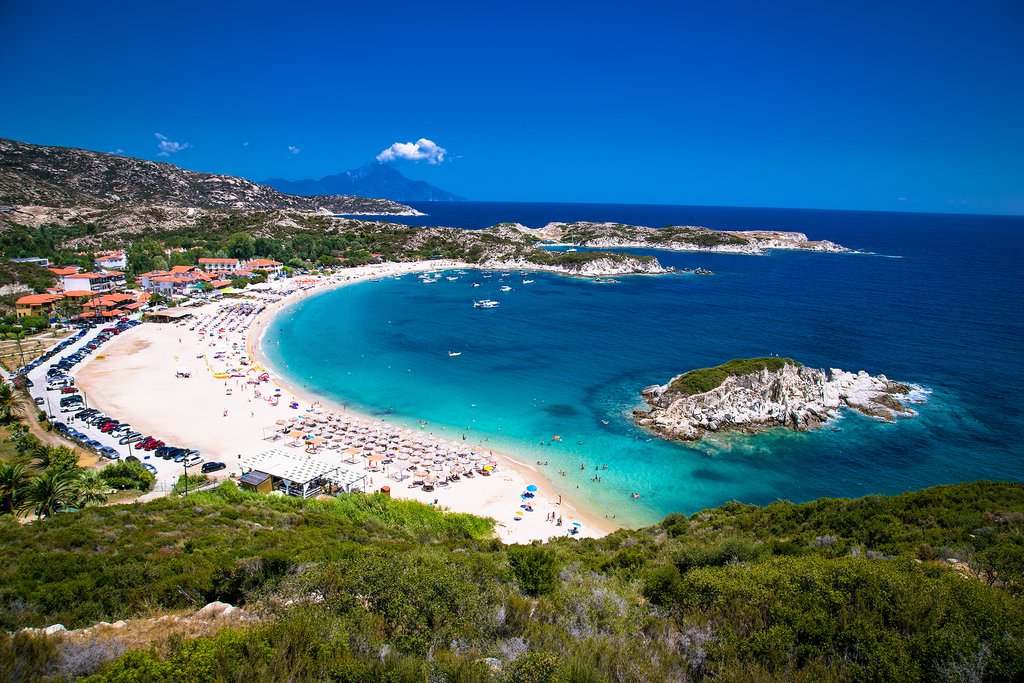
There are countless reasons to add Thessaloniki (Greece’s second largest city) and Macedonia (Greece’s largest province) to your travel plans. From the white sands of Halkidiki to Thessaloniki’s pulsing nightlife, the region is bursting with world-class sites. No wonder that, together, they form the country’s most popular region.
## Unveiling the Treasures of Thessaloniki and Macedonia
Venture into the heart of northern Greece, and you’ll discover the captivating region of Macedonia, a land that effortlessly blends the ancient with the modern, the natural with the historical. Stretching across the northern reaches of Greece, this mountainous expanse encapsulates the very essence of what makes this ancient nation so incredibly alluring. Are you yearning for a challenging hike amidst the echoes of ancient deities? Then make your way to **Mount Olympus**, soaring to an impressive 9,573 feet. This majestic peak isn’t just Greece’s highest; it’s also the stuff of legends, the mythological abode of Zeus and his Olympian cohorts.
But the allure of Macedonia extends far beyond **Mount Olympus**. A tapestry of mountains awaits your exploration, each one cloaked in verdant pine forests that cascade down to picturesque valleys. These valleys are adorned with serene lakes and charming medieval villages, each holding stories waiting to be uncovered. And let’s not forget the breathtaking beaches that fringe the **Halkidiki Peninsula**, a coastal paradise that will leave you spellbound.
History permeates every corner of this remarkable region. This is, after all, the celebrated land of Alexander the Great, the legendary king of Macedon whose empire once stretched across continents. A visit to the fascinating archaeological sites at **Pella** and **Vergina** is an absolute must, offering a glimpse into the glorious past of this ancient kingdom. And be sure to set aside time to explore **Athos**, often referred to as the “monk’s republic,” a unique enclave of 20 monasteries, many of which cling dramatically to cliffs overlooking the azure sea.
The dynamic city of **Thessaloniki** itself is a treasure trove of history, boasting ancient sites that span the Roman and Ottoman Empires, offering a captivating journey through time. Beyond its historical significance, Thessaloniki is a vibrant gastronomic destination, a haven for food lovers that rivals even Athens in its culinary offerings. And when the sun dips below the horizon, Thessaloniki truly comes alive. The city is renowned for its vibrant nightlife, with festivals and celebrations seemingly endless. After dark, the energy is palpable, earning Thessaloniki a well-deserved reputation as one of the world’s top 10 nightlife cities, a distinction bestowed upon it by National Geographic.
## Discovering Thessaloniki: A City of History and Modernity
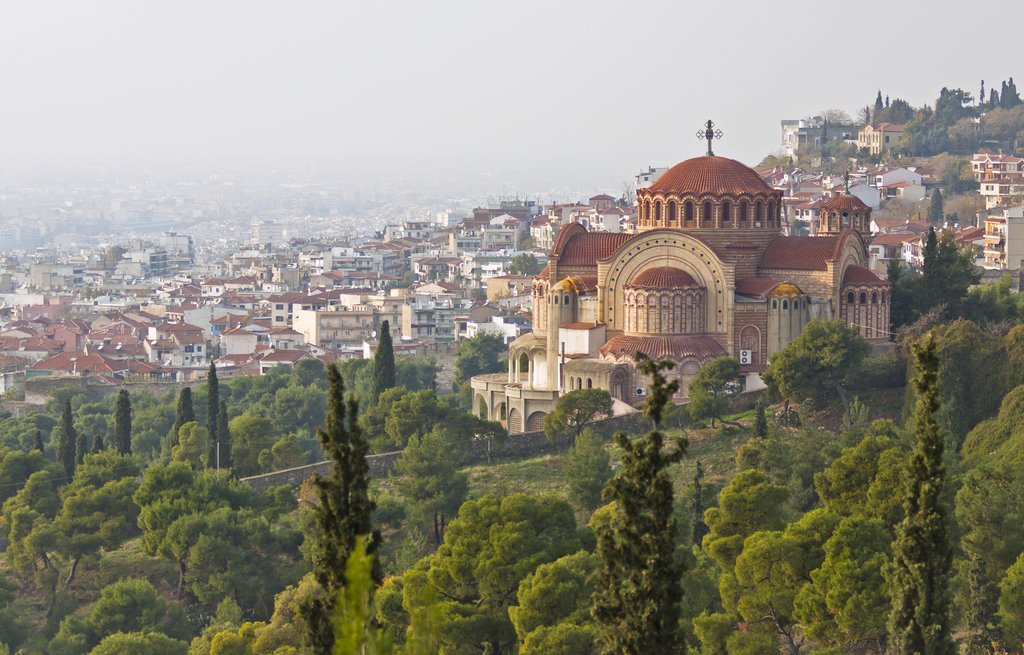
Founded in the distant year of 315 BCE, **Thessaloniki** quickly rose to prominence as a crucial center for Christianity during the Roman Empire. Second only to Constantinople in the Byzantine era, it played a vital role in the spread of faith. Later, it became an integral part of the Ottoman Empire from 1430 to 1912 CE, before finally becoming part of independent Greece. Today, Thessaloniki stands as a compelling historical site, rich with stunning architecture and history, earning its place on UNESCO’s list as an Open Museum of Early Christian and Byzantine Art, a true testament to its cultural significance.
But Thessaloniki offers much more than just architectural marvels. Its stunning setting is equally captivating. To the north and east, imposing mountains frame the city, while to the south, the dazzling azure waters of the Gulf of Salonika embrace its edge. The city is a blend of ancient history and modern vibrancy, with much of it rebuilt following a devastating fire in 1917. The sleek **New Waterfront** is a striking example of this modern transformation. Arcing around the Gulf like a scimitar, the city’s most prominent attractions are concentrated within a radius around the iconic **White Tower** monument and in the inland area near the ancient city walls.
Thessaloniki is a city that invites exploration on foot, but for an even more enriching experience, take advantage of the city’s complimentary harbor cruise, offering a unique perspective on its beauty and history. As night descends, the waterfront zone of **Ladadika** transforms into the epicenter of Thessaloniki’s nightlife, beckoning visitors with its myriad bars, traditional tavernas, and lively nightclubs. Don’t miss these must-see highlights that define the essence of Thessaloniki:
### Ano Poli & Kastra: A Journey Through Time
The **Αno Poli** (Old Town) neighborhood stands as a resilient survivor, one of the few areas to withstand the destructive fire of 1917. This is undoubtedly the most picturesque district of the city, with its narrow, winding streets leading uphill towards the ancient **Acropolis**, also known as Eptapyrgio. This imposing structure, built over many centuries, is encased within a sturdy stone circuit wall, originally spanning a circumference of four miles and dating back to 390 BCE. Perched on the upper slopes, at the eastern edge, the **Kastra**, a 15th-century castle citadel, stands as a silent guardian overlooking the city. Today, it serves as a cultural center, hosting a variety of events and exhibitions.
The eastern walls descend toward the remarkably well-preserved **Anna Palaiologina** gate and the circular **Trigoniou Tower**. From the top of this tower, you’ll be rewarded with an awe-inspiring panoramic view of Thessaloniki, a vista that will linger in your memory long after you depart. Approximately 500 yards to the west, the 16th-century **Vlatadon Monastery** holds a special appeal for history enthusiasts, thanks to its extensive archive of historical documents spanning centuries. Thessaloniki is also blessed with a wealth of stunning churches, each a testament to the city’s rich religious heritage. A leisurely five-minute walk southeast from the Trigoniou Tower will lead you to one of the most exquisite, **Agios Pavlos** (Church of St. Paul), a true masterpiece of religious architecture.
### Bey Hamam: A Glimpse into Ottoman History
During the five centuries of Ottoman rule, numerous Turkish baths (hamams) were constructed in Thessaloniki. Sadly, most have fallen into disuse over time. The most impressive and largest of these is the **Bey Hamam**, also known as the “bath of paradise,” constructed in 1844. Even today, the ornate walls retain their elaborate decorations, offering a captivating glimpse into the city’s Ottoman past.
### Macedonian Museum of Contemporary Art: A Celebration of Greek Art
For art enthusiasts, the **Macedonian Museum of Contemporary Art** (located at 154 Egnatia Street) is a must-visit destination. The museum showcases a remarkable collection of approximately 2,000 works by talented Greek artists. For those seeking a deeper dive into the cultural landscape, Aristotle University of Thessaloniki’s **Teloglion Foundation of Art** presents an array of paintings, drawings, sculptures, and literary works by both Greek and European artists, including renowned figures such as Toulouse-Lautrec.
### Museum of Byzantine Culture: Unveiling Byzantine Macedonia
Housed within a contemporary Cubist building, the **Museum of Byzantine Culture** offers a fascinating exploration of Byzantine Macedonia’s history. The museum features 11 halls dedicated to the period from the Roman Empire’s adoption of Christianity to the fall of Constantinople in 1453. The exhibits within are far more captivating than the museum’s somewhat somber red-brick exterior might suggest.
### Rotunda & Arch of Galerius: Echoes of Roman Glory
Constructed for Roman Emperor Galerius in 306 CE as his intended mausoleum, the circular **Rotunda of Galerius**, located in **Navarinou Square**, never fulfilled its original purpose, as Galerius passed away and was laid to rest in modern-day Serbia. Under Constantine the Great, it transformed into Thessaloniki’s first Christian church, Agios Dimitrios. Subsequently, during the Ottoman era, it became a mosque, marked by the addition of the city’s only minaret.
In 1912, it was reconsecrated as a Greek Orthodox Church. Inside, you’ll discover remarkable 8th-century frescoes and the silver reliquary of Dimitrios, a Roman soldier who became a Christian martyr and the city’s revered patron saint. A short distance south of the Rotunda, you’ll find the **Arch of Galerius** (CE 303), spanning across a spacious, grassy boulevard lined with inviting bars and cafes. This impressive arch, constructed of red brick adorned with marble friezes, commemorates a significant victory over the Persians in 279 CE.
## Halkidiki: A Coastal Paradise Unveiled
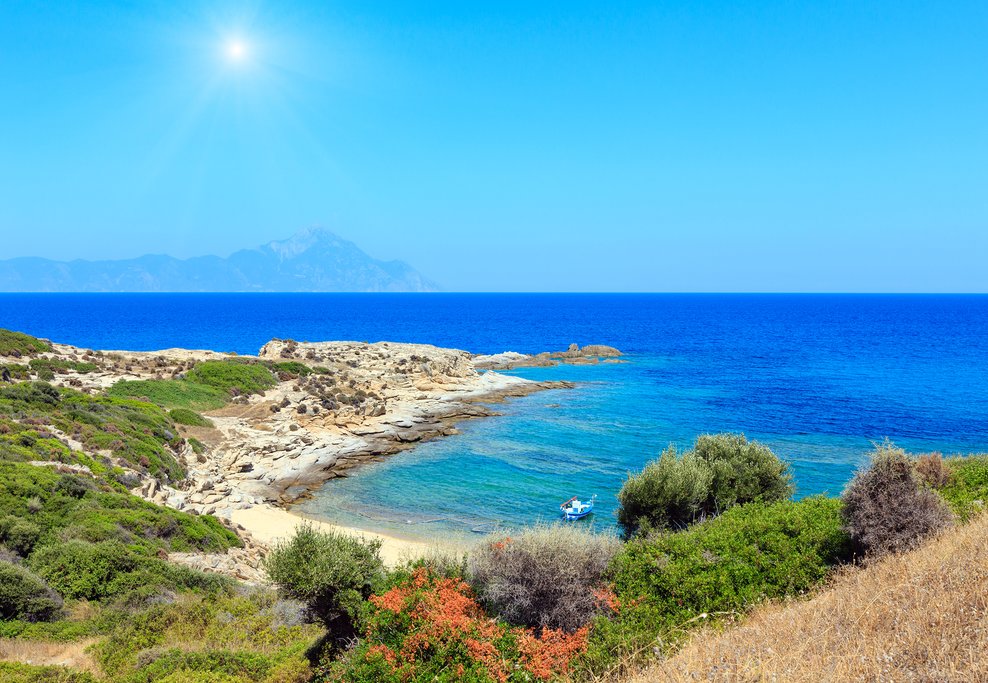
Among the most stunning regions in all of Macedonia, **Halkidiki** stands out as a true gem. It is composed of three peninsulas—**Kassandra**, **Sithonia**, and **Agion Oros**—that extend into the Aegean Sea like a trident. Conveniently located just about 30 miles southeast of Thessaloniki, these peninsulas are best explored and enjoyed in combination.
**Kassandra**, the westernmost peninsula, is renowned for its beautiful sandy beaches and its collection of archaeological sites, offering a blend of relaxation and historical exploration. Keep in mind that during the summer months, it can become quite crowded with families from Thessaloniki and European vacationers. Party enthusiasts tend to gravitate towards the beach at **Kalithea**, while **Pefkohori** boasts more tranquil sands and a greater sense of seclusion. Situated in the heart of Halkidiki, the **Sithonia** peninsula offers a more relaxed vacation experience compared to the bustling resorts of Kassandra, with a combination of secluded beaches and quaint, timeless villages.
The easternmost peninsula and mountain, **Agion Oros** (also known as Mount Athos), is a unique destination: an independent, luxuriant, and self-governing monastic state. This is the spiritual heart of the Orthodox Christian world, and access is restricted to men only. (Interestingly, while female animals are generally prohibited, cats are an exception due to their value in controlling the mouse population.) This pristine landscape rises to the marbled summit of **Mount Athos** (6,670 feet). Along its slopes, you’ll find 20 monasteries, perched dramatically atop pedestals overlooking the sea. Visiting these monasteries requires submitting a copy of your passport to the **Mount Athos Pilgrims’ Bureau** and arranging a three-day monastic stay. The easiest way to view Mount Athos is by taking a boat excursion from the beach resorts of Kassandra and Sithonia, providing stunning views of this sacred site.
## Edessa: City of Waterfalls and History
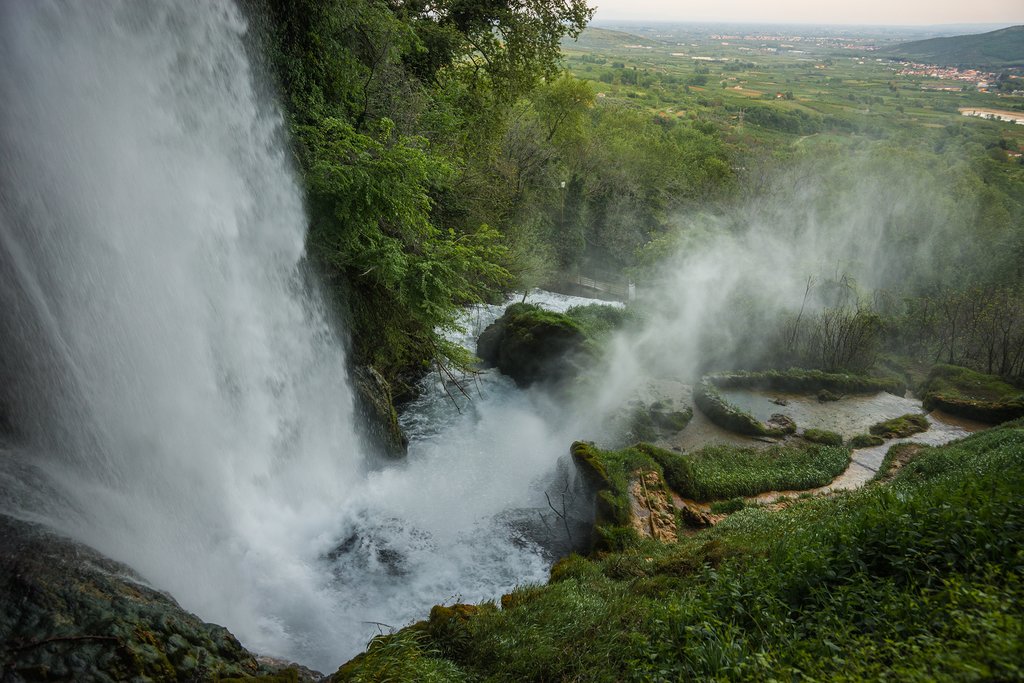
**Edessa**, a mountain town located approximately 50 miles west of Thessaloniki, is a place where streams flow through the very heart of the city. Perched atop a precipice overlooking a vast agricultural plain, Edessa is celebrated as the location of Greece’s largest waterfall, a breathtaking cascade that plunges 230 feet into a lush, wooded park on the eastern edge of town. An adventurous path allows you to climb behind the falls, providing incredible photo opportunities.
While little of the old town remains, due to its destruction by the Nazis in 1944, in retaliation for the killing of a German soldier, Edessa still possesses a remarkable archaeological site. This site marks the location of the original city, which thrived from the 4th-century BCE through Byzantine times, and can be found below the cliff-face, southeast of the town.
## Kavala: A City of History and Architecture
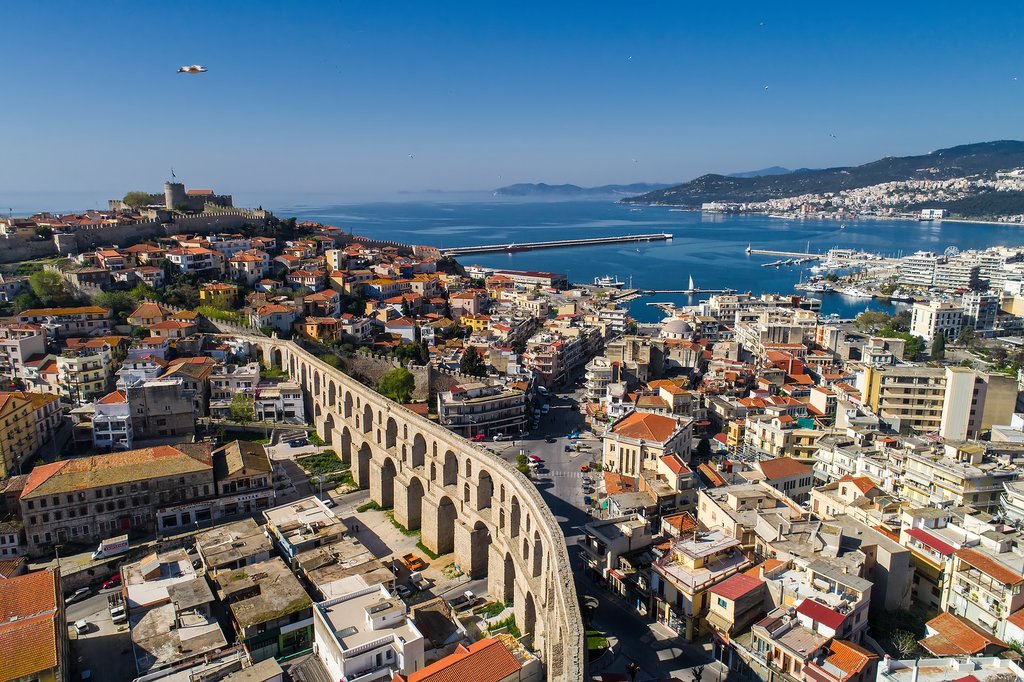
**Kavala**, a port city steeped in Byzantine, Ottoman, and Early Christian history, boasts a sloping city plan that lends it an amphitheatrical allure. Concentrate your exploration within the hilly, cobbled lanes of the old **Panayia** district. Situated on a peninsula that once formed an ancient Acropolis, it is enclosed by fortified walls, adding to its historical charm. A climb to the 15th-century **Kastra** (castle) is richly rewarded with panoramic views from the top of its circular tower.
The winding roads below the Kastra lead south past the ruby-colored **Halil Bey Mosque** to **Mehmet Ali Square**, situated at the tip of the peninsula. Here, the former 18th-century home of Ottoman ruler Pasha Mehmet Ali now serves as a museum, providing insights into the Ottoman rule. Just 200 yards to the north, the former 18-domed Imaret—Mehmet Ali’s impressive kulliye (religious school)—has been transformed into the opulent **Hotel Imaret**, a testament to the city’s rich history.
Extending north from Panayia, Kavala’s most iconic monument is a triple-tier, 150-foot-high aqueduct, known as the **Kamares**. This remarkable structure was built in 1550 by Sultan Süleyman the Magnificent to supply water to the ancient city. In the 19th century, Kavala was a major center for tobacco cultivation and processing. The city’s numerous beautiful neoclassical mansions stand as evidence of the wealth generated during that era. A visit to the **Tobacco Museum** is highly recommended to delve into the history of Kavala’s prosperous past.
## Mount Olympus National Park: Home of the Gods
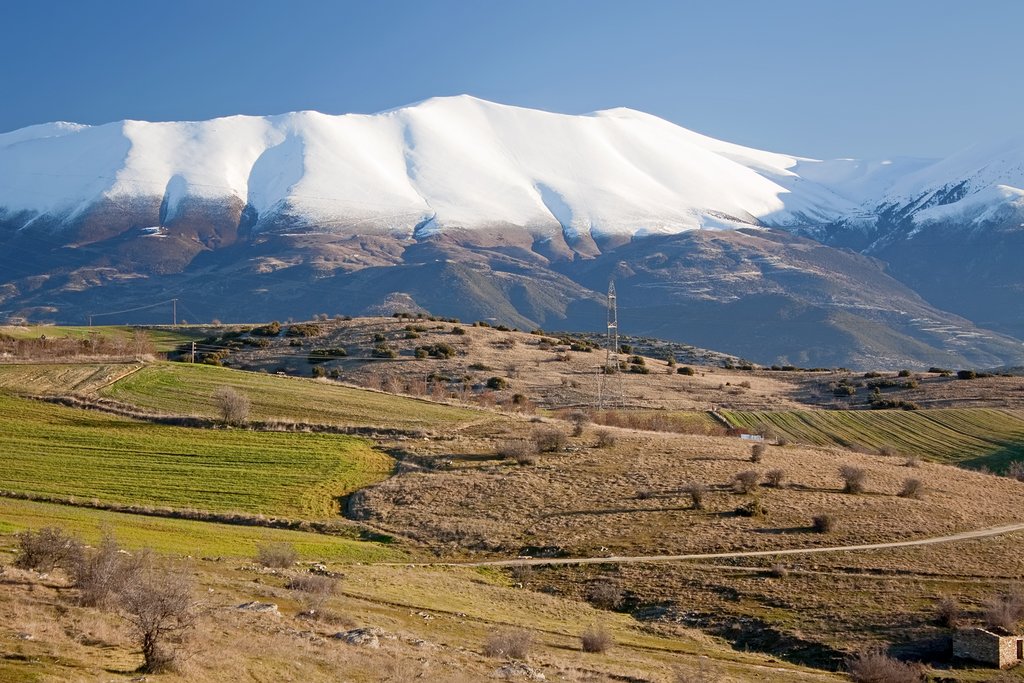
The ancient Greeks revered **Mount Olympus** (9,573 feet) as the sacred dwelling place of the twelve Olympian gods. Its jagged skyline appears as though one of the gods took a hacksaw to its peak, creating a dramatic and awe-inspiring silhouette. Often shrouded in clouds and glistening white under winter snow, Greece’s highest mountain presents hikers with a challenging and unforgettable experience (although it is possible to drive to the summit). The thickly forested mountain range, protected since 1938 within **Mount Olympus National Park**, is crisscrossed by deep gorges inhabited by wolves, jackals, and deer, adding to the park’s natural splendor.
## Nymfaio: A Tranquil Mountain Village

This charming cobbled stone village, nestled at an altitude of almost 4,000 feet on the slopes of Mount Vernon, embodies peace and tranquility. Reborn after being abandoned in the 1950s, the restored mansions and churches, now adorned with gleaming zinc roofs, offer a unique and captivating sight in Greece. The town’s inherent charm is reason enough to visit, but to fully appreciate its beauty, consider spending the night. While in Nymfaio, don’t miss the **Arcturos** wildlife sanctuary, located a mere 15-minute walk northeast of the village. Here, rescued former circus bears (along with brown bears, wolves, and various other animals) enjoy a peaceful and happy retirement.
## Prespa Lakes: A Birder’s Paradise
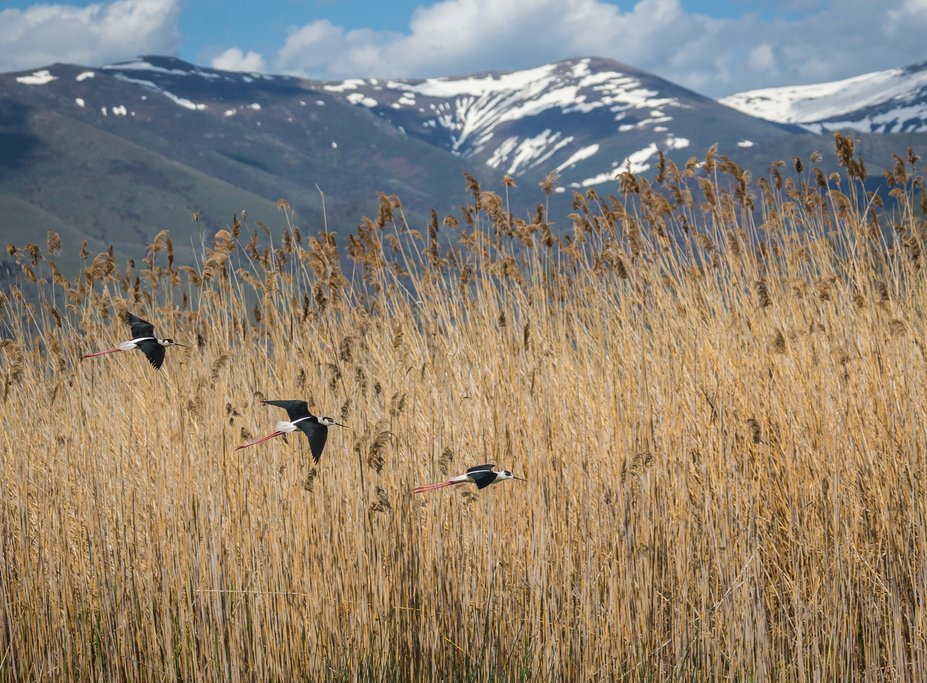
Nestled like precious jewels within the remote and rugged mountains of western Macedonia, the twin lakes of **Megáli Préspa** (Large Prespa) and **Mikrí Préspa** (Little Prespa) are a haven for nature enthusiasts and a paradise for birdwatchers. Waterfowl in vast numbers gracefully glide through the air, and you’ll find a diverse array of birds, including egrets, pygmy cormorants, and even magnificent great white pelicans. The surrounding mountains also serve as the last refuge for the European brown bear and grey wolves. At Mikrí Préspa, a half-mile-long floating bridge leads to **Agios Achilleios**, a small islet with the remains of a Byzantine monastery from which it derives its name. The quiet village of **Ágios Germanós** houses an informative visitor center.
The delightful town of Florina serves as the gateway to the Prespa Lakes. Located at the foot of mountains near the Albanian and Macedonia borders, Florina is noteworthy for its eclectic turn-of-the-century buildings, adorned with intricately carved-wood doors and other delightful decorative elements.
B-1033

